There are various types of compaction rollers in the market, knowing which is best suited for your job could be challenging, but if done right, it could save you money in the long run.
Whether you use rammers, single drum, double drum or multi tyred rollers – ensure that your project requires that type of compaction and no less. Below are some tips for choosing the right compaction equipment, starting with the basics:
What is Soil?
- The upper surface of earth that provide structural support to plants, a black or dark brown material typically consisting of a mixture of organic remains, clay, and rock particles
- Soil is a mixture of organic matter, minerals, gases, liquids, and organisms that together support life
Different Types of Soil for Compaction
- Cohesive – Smallest particle size. Dense and tightly bound together (e.g silts and clays)
Cohesive soils usually require a force such as impact or pressure - Granular – Range in particle size from sand and fine to medium gravel (e.g sand and gravel)
Granular soils usually require vibratory compaction
What are the Benefits of Compaction?
- Increase soil load-bearing capacity
- Enhance soil stability
- Prevent soil settlement and frost damage
- Reduce water seepage
- Reduce soil shrinkage, swelling and contraction
- Prevent build-up of large water pressures that cause soil to liquefy during earthquakes
Consider Job Site Specifications
Compaction equipment requirement varies from one job site to another. Is there sufficient space at the job site to operate the machine? If the site is spacious, you may want to to consider larger unit to accomplish more in few passes. What is the condition of the terrain? If it is steep, the equipment must be able to operate properly at an angle.
Different Types of Compaction Equipment and their Various Applications
Light Compaction
Light compaction equipment ideal for compacting small areas which require less compaction effort (force). These types of equipment are easy to transport and convenient due to its compact size. Typical areas of application include: pipelines and trenching, backfilling, footpaths, cycle paths, foundations, garden design, landscaping, and concrete blocks.
Light compaction range:
- Rammers
- Tampers
- Plate compactors
Vibratory Rollers
Vibratory rollers are ideally used for compaction of asphalt and soil layers. Standard applications include wear courses and subbase layers in new constructions, maintenance work on the medium to large scale construction projects, hydraulically bound material etc… The rollers come in variety of configurations such as smooth drum, padfoot drum and combination format.
Multi-Tyred Rollers
Rubber tyred vibratory units are preferred in residential & commercial areas due to their low vibration emissions having minimal impact to surrounding businesses and communities. These units also excel when working next to kerb and guttering, making them ideal for subdivision work. Typical applications are asphalt, sub layer compaction, final and finishing compaction.


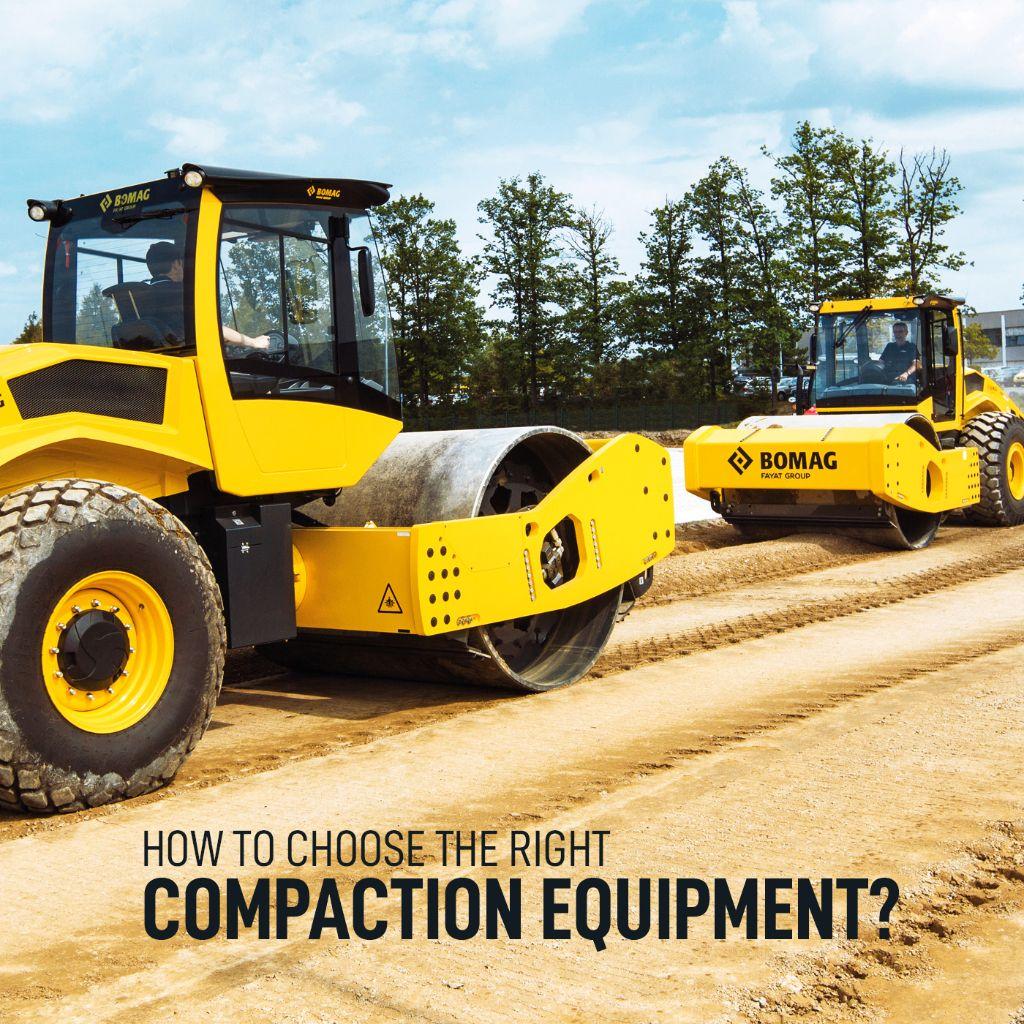

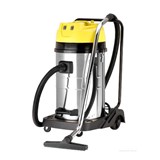
-160x160-state_article-rel-cat.png)




-160x160-state_article-rel-cat.png)




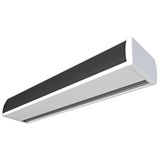

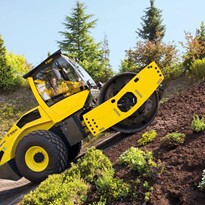


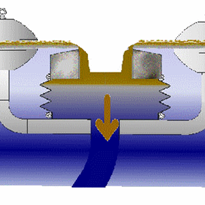
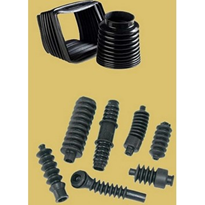
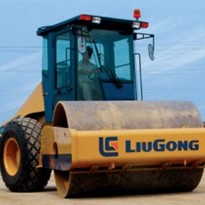
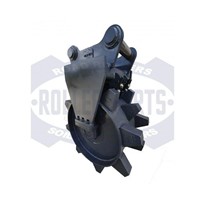
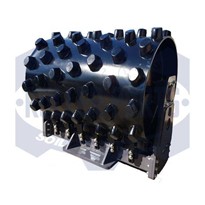
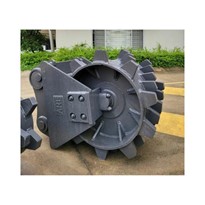
-205x205.jpg)
